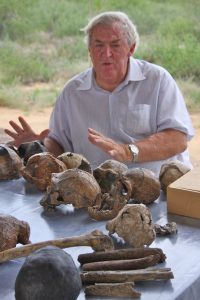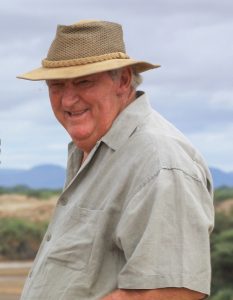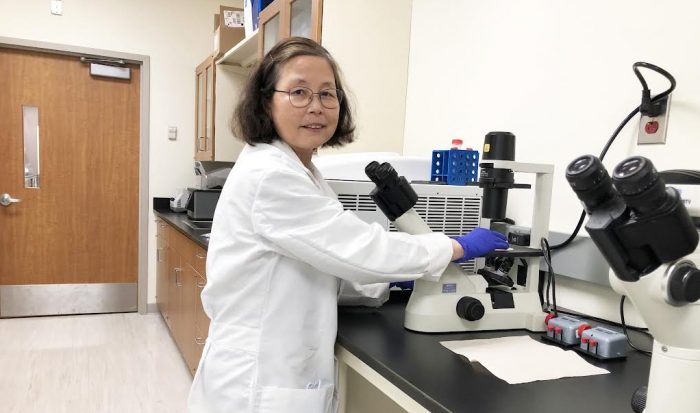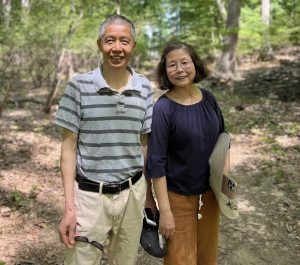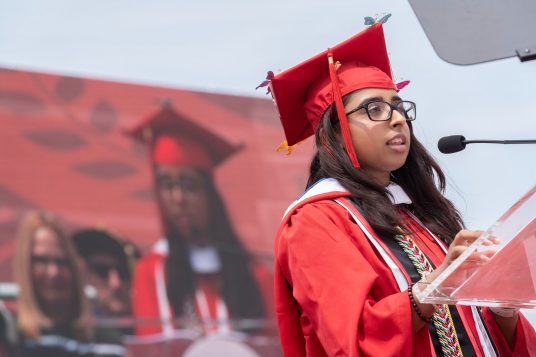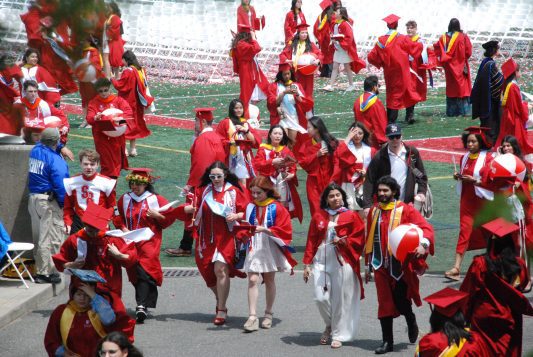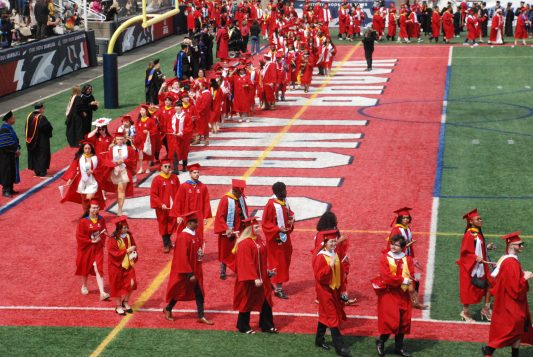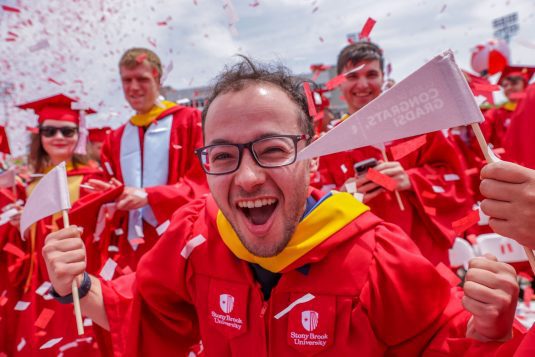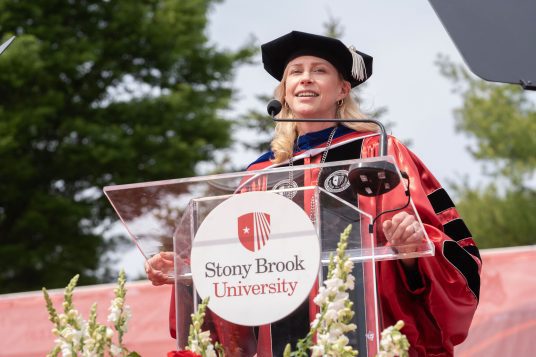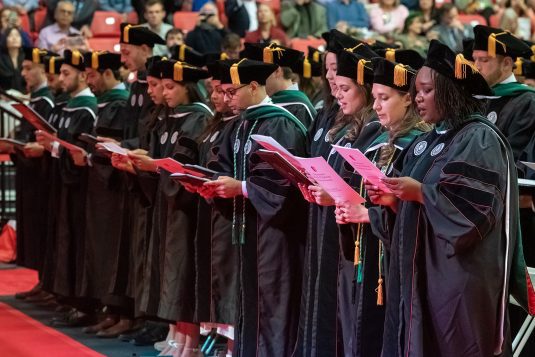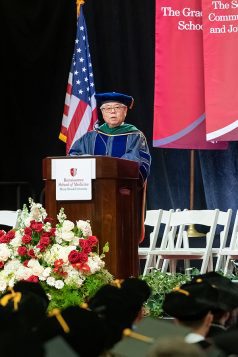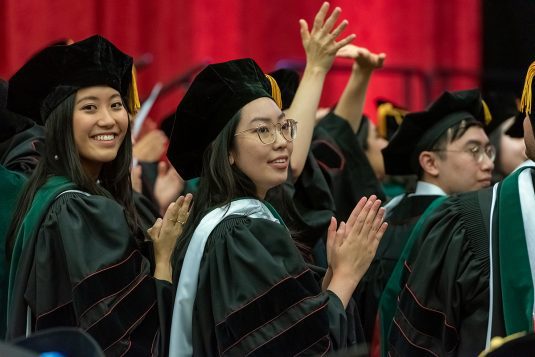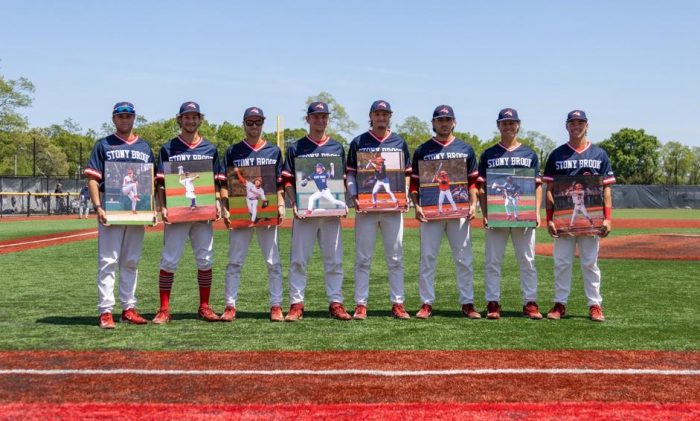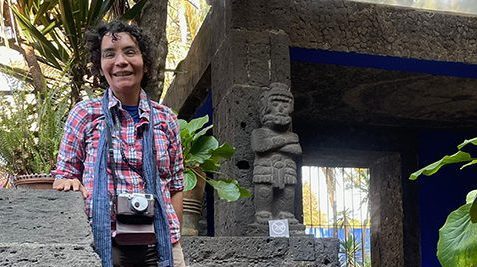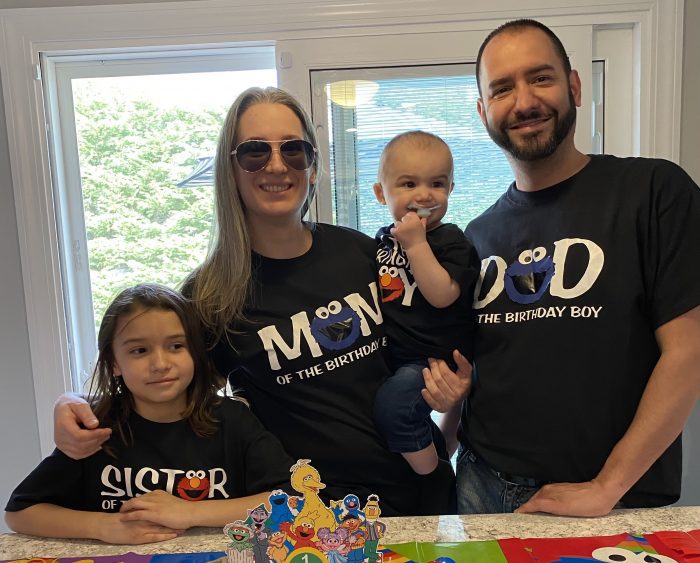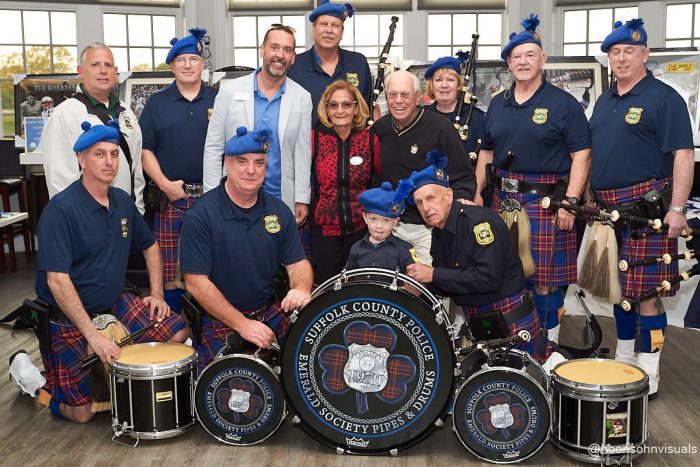The Simons Foundation’s contribution is the largest unrestricted endowment gift to a higher education institution in American history
The Simons Foundation, a philanthropy working to advance the frontiers of research in mathematics and the basic sciences, today announced a historic $500 million endowment gift to Stony Brook University during a news conference at the foundation’s Manhattan headquarters. This monumental gift — the combined largesse of the Simons Foundation and Simons Foundation International — is the largest unrestricted donation to an institution of higher education in U.S. history.
The extraordinary gift is also expected to grow by up to $1 billion in contributions for Stony Brook University’s endowment by capitalizing on New York State’s 1:2 endowment matching program and other philanthropy inspired by this gift. This transformative donation will cement Stony Brook’s place as New York’s flagship research institution and provide the means to invest in areas most urgent and necessary to help sustain the university’s commitment to educational excellence, research innovation and community support.
Investments stemming from this gift will have a direct and positive impact on perpetual funding for student scholarships, endowed professorships, innovative research, and excellent clinical care.
“The Simons Foundation mission is to advance the frontiers of research in mathematics and the basic sciences,” Foundation President David Spergel said. “For more than a decade, we have been proud to give to an institution that is at the forefront of educational excellence in the sciences. It is our sincere hope that this large unrestricted gift will build upon our previous support to Stony Brook, giving students and faculty the ability to dream big and engage in transformative research.”
“A world-class, public education has the ability to transform the lives of New Yorkers, which is why in this year’s budget we created the first-ever matching fund for endowment contributions for SUNY’s university centers,” Governor Kathy Hochul said. “Time and again, Stony Brook University forges a bold path forward, from innovation happening at Brookhaven Lab to the economic development throughout Long Island. With this remarkable contribution from the Simons Foundation, Stony Brook will continue to excel as an internationally recognized research institution and give students the tools they need to succeed.”
“We are eternally grateful to Jim and Marilyn Simons and Simons Foundation President David Spergel for their unparalleled support of Stony Brook University. In 1960, we were given a mandate by the State Board of Regents to become a university that would ‘stand with the finest in the country,’” University President Maurie McInnis said. “Thanks in large part to the generosity of the Simons Foundation, we have done just that, and we have no intention of slowing down. We take seriously our commitment to our students, our faculty and our broader community to advance knowledge and contribute to the most significant challenges facing our society. We are so proud of all that we have accomplished as an institution and our best days are ahead of us.”
“I joined Stony Brook University in 1968 as Chair of their Department of Mathematics,” Simons Foundation Co-Founder Jim Simons said. “I knew then it was a top intellectual center with a serious commitment to research and innovation. But Stony Brook also gave me a chance to lead — and so it has been deeply rewarding to watch the university grow and flourish even more. Marilyn and I are proud to support this outstanding public university that has given us so much.”
“As a Stony Brook graduate, I know firsthand the role that a quality education plays in the trajectory of one’s life,” said Marilyn Simons ’74, PhD ’84, Simons Foundation Co-Founder. “I am proud of the education I received there. Jim and I want to ensure that Stony Brook continues to serve its students with the highest level of educational excellence and with world-class resources. The foundation’s gift will also help give those from underserved communities the opportunity to reach their full potential. We look forward to seeing this institution continue to thrive.”
Since Jim and Marilyn made their first gift of $750 in 1983, they and the Simons Foundation have committed more than $1.2 billion to Stony Brook, while also inspiring over 2,100 other donors to give to the university. Their transformational support has led to growth impacting every corner of the Stony Brook campus and beyond, from the Renaissance School of Medicine and the Simons Center for Geometry and Physics to Stony Brook’s Simons STEM Scholars program, nine endowed chairs and professorships in economics, and more.
In addition to this historic gift and previous gifts to Stony Brook University, last month, following Stony Brook’s successful bid to serve as the anchor institution of the The New York Climate Exchange, the Simons Foundation committed $100 million to the project’s expected $700 million budget. These funds will help establish this climate research, education and green-economy training hub, set to transform how the world responds to the climate crisis and pioneer investigation into environmental, community and health outcomes and impacts.
The Simons’ own personal involvement in Stony Brook community life over the past 55 years has been life-changing for generations of students’ and scholars’ past, present and future. They have provided countless hours of counsel and leadership to advance important initiatives. For example, Marilyn Simons’ work with the Stony Brook Women’s Leadership Council mentoring program has been a launchpad for the careers of many undergraduates from all over campus.
“Jim and Marilyn have a long history of generously supporting the sciences, education, and the health and well-being of New Yorkers,” said Michael R. Bloomberg, founder of Bloomberg LP and Bloomberg Philanthropies, and 108th Mayor of New York City. “This new gift is an extraordinary example of that, and it will help Stony Brook University make critical investments that will empower more students to reach their full potential.”
“The generosity of Jim and Marilyn Simons and the Simons Foundation has already changed the lives of millions of New Yorkers, and this historic contribution to Stony Brook University will impact our students and our state for generations to come,” said SUNY Chancellor John B. King Jr. “Today’s announcement will benefit SUNY students through scholarship, academic programs, and research opportunities, and it will enhance Stony Brook’s prominence as a world-class leader of higher education. The Simons donation illustrates the power of Governor Hochul’s Endowment Fund Match program to multiply the support of generous donors to expand research and scholarship across SUNY.”
“It is my true honor to know Jim and Marilyn and to have had the privilege to work alongside them for more than 30 years,” said Stony Brook Foundation Board of Trustees Chair Richard Gelfond ‘76. “Both as an alumnus of Stony Brook and as Board chair, I am grateful for their generous philanthropic support, their leadership, and their friendship. They have made an indelible impact on the future of the University.”
# # #
About Stony Brook University
Stony Brook is New York’s top ranked public university and a part of the State University of New York (SUNY) system, an internationally recognized research institution and center of academic excellence dedicated to addressing pressing global challenges. SBU serves as the anchor institution for the New York Climate Exchange on Governors Island, the nation’s first climate research, education and green-sector-job-training hub set to transform how our global response to the climate crisis. As one of only eight American universities with a role in running a national laboratory, Stony Brook is also the joint managing partner of the Brookhaven National Laboratory for the U.S. Department of Energy. The university’s distinguished faculty have earned esteemed awards such as the Nobel Prize, Pulitzer Prize, Indianapolis Prize for animal conservation, Abel Prize and the inaugural Breakthrough Prize in Mathematics.
About Simons Foundation
Co-founded in 1994 in New York City by Jim and Marilyn Simons, the Simons Foundation’s mission is to support basic scientific research in pursuit of understanding the phenomena of our world. The Simons Foundation provides grants to individual researchers and to scientific collaborations and institutions, work in mathematics and physical sciences, life sciences, neuroscience, and autism science. The Simons Foundation also conducts computational research in basic sciences in-house at its Flatiron Institute.

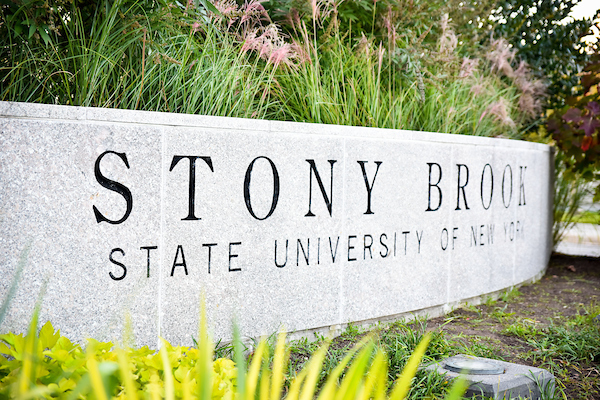

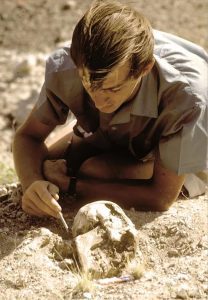 The University, which has 15 speakers among the 40 scientists delivering lectures, will celebrate the achievements of famed and late scientist and conservationist Richard Leakey and will bring together researchers from all over the world to celebrate the research in Africa that has revealed important information about early human history.
The University, which has 15 speakers among the 40 scientists delivering lectures, will celebrate the achievements of famed and late scientist and conservationist Richard Leakey and will bring together researchers from all over the world to celebrate the research in Africa that has revealed important information about early human history.